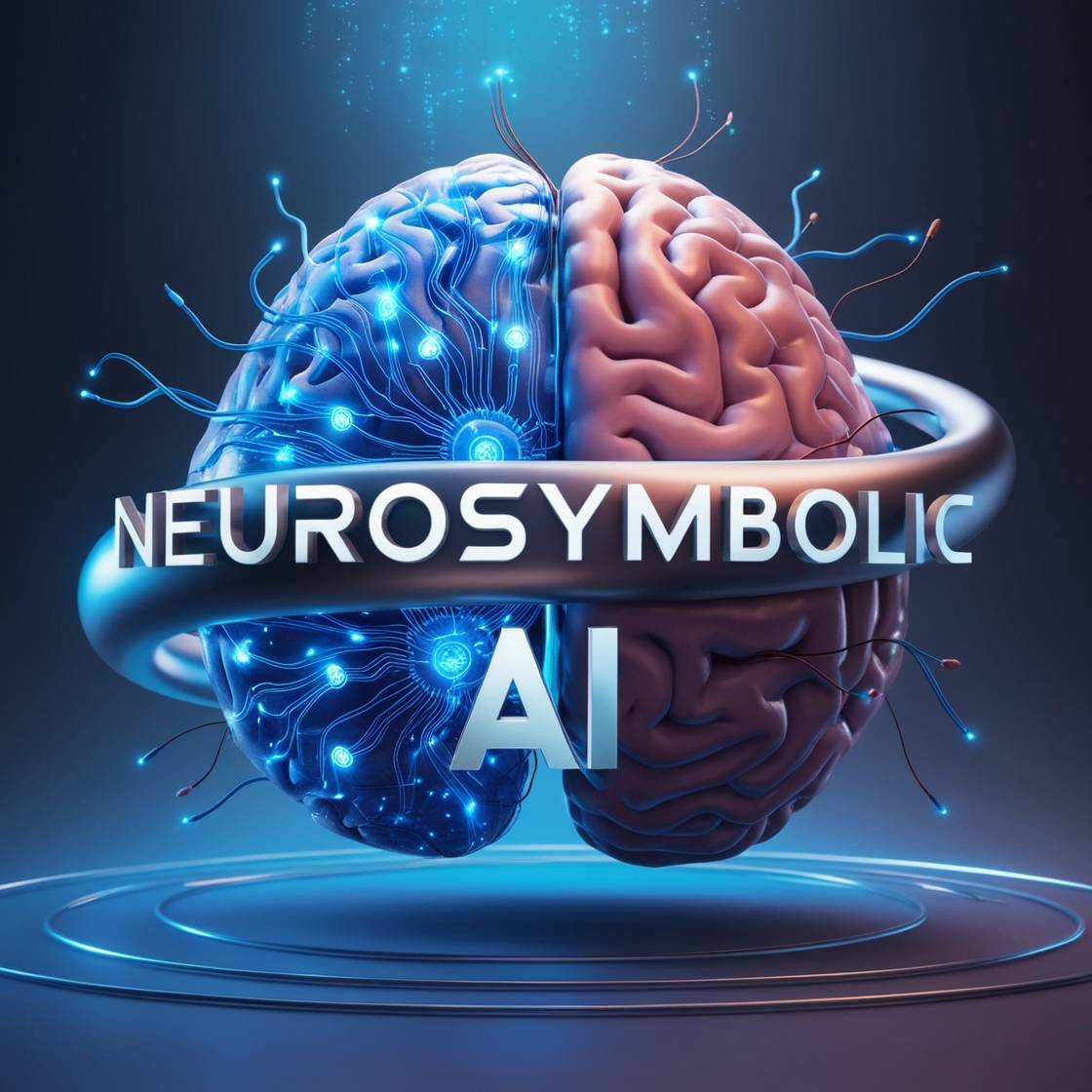Apple just released a paper that quietly confirms what many in the artificial intelligence (AI) world have suspected for a while: we might be witnessing the future of AI reaching a turning point, and large language models (LLMs) are approaching their limits. LLMs like GPT-4, which have stunned industries with their ability to generate human-like text and handle complex queries, may no longer be on the same upward trajectory.
This realization isn’t just coming from Apple. AI pioneers like Gary Marcus have been ringing the alarm bells, suggesting that LLMs, for all their brilliance, are nearing the edge of their capabilities. Yet despite these red flags, venture capitalists (VCs) are still rushing headlong into LLM investments, driven by the fear of missing out. But here’s the truth: the future of AI may not lie with these systems anymore.
Why LLMs Are Hitting Their Limits
LLMs are incredible at producing text, but they aren’t what we’d call “intelligent.” They’re essentially pattern-recognition machines, predicting what comes next based on a mountain of data. The problem? They don’t understand the text they create. That’s why they often suffer from issues like hallucination—where they confidently spit out wrong information.
This flaw has been widely documented, and it’s a key reason why the future of AI will need something beyond what LLMs can offer. For all the excitement around these models, they lack critical thinking and problem-solving capabilities.
Moreover, the resources required to run these systems are off the charts. Training an LLM consumes a massive amount of data and computational power, making it inefficient and costly to scale. Simply building bigger models or feeding them more data won’t solve the core issues. As Apple’s paper points out, brute force won’t push the boundaries any further.
Enter the Next Phase: The Real Future of AI
Here’s where things get interesting. Just because LLMs are nearing their limits doesn’t mean the AI revolution is over. In fact, the future of AI is just getting started, and it’s going to be way more impactful than the LLM phase.
Every tech breakthrough follows an S-curve: a slow start, rapid growth, and eventually, a plateau. LLMs are reaching that plateau, but that only sets the stage for the next big leap in AI innovation.
Neurosymbolic AI: The Next Wave of Innovation
So, what comes next? One of the most promising developments is neurosymbolic AI. This hybrid approach combines the pattern recognition of neural networks with the logical reasoning of symbolic AI. Unlike LLMs, which can only generate text based on statistical probabilities, neurosymbolic AI is built to actually understand and reason through complex problems.
This is where the future of AI lies—creating systems that don’t just mimic human language but truly comprehend it. Neurosymbolic AI could take us from text generation to genuine problem-solving and critical thinking, opening up opportunities we’ve only dreamed about.
Efficiency and Scalability: A Smarter Approach
Another frontier in the future of AI is efficiency. Current LLMs are resource hogs, but future models will focus on being smaller, smarter, and more scalable. Instead of just making models larger, AI innovation will revolve around making them more powerful while reducing costs and computational needs. This shift will unlock more applications across industries, driving broader AI adoption.
Ethical AI: Solving the Big Problems
The future of AI isn’t just about making systems smarter—it’s also about solving the ethical issues that have plagued LLMs, like bias, misinformation, and misuse. Future AI will need to be aligned with human values, producing fair, accurate, and unbiased results. This is especially critical in high-stakes industries like healthcare and law.
Researchers are already tackling these challenges head-on, ensuring that the next wave of AI is trustworthy, reliable, and truly beneficial to society.
The Real AI Revolution Is Just Beginning
If you think the AI revolution is stalling because LLMs are hitting their limits, think again. The real future of AI is just beginning. As neurosymbolic AI, efficiency improvements, and ethical solutions come online, we’re about to enter a new phase that will make today’s AI look like ancient history.
The venture capitalists who blindly rushed into LLMs might find themselves off a cliff, but those who stay ahead of the curve will ride the next S-curve to unprecedented breakthroughs. The future of AI is brighter than ever, and we’re only scratching the surface of what’s possible.





